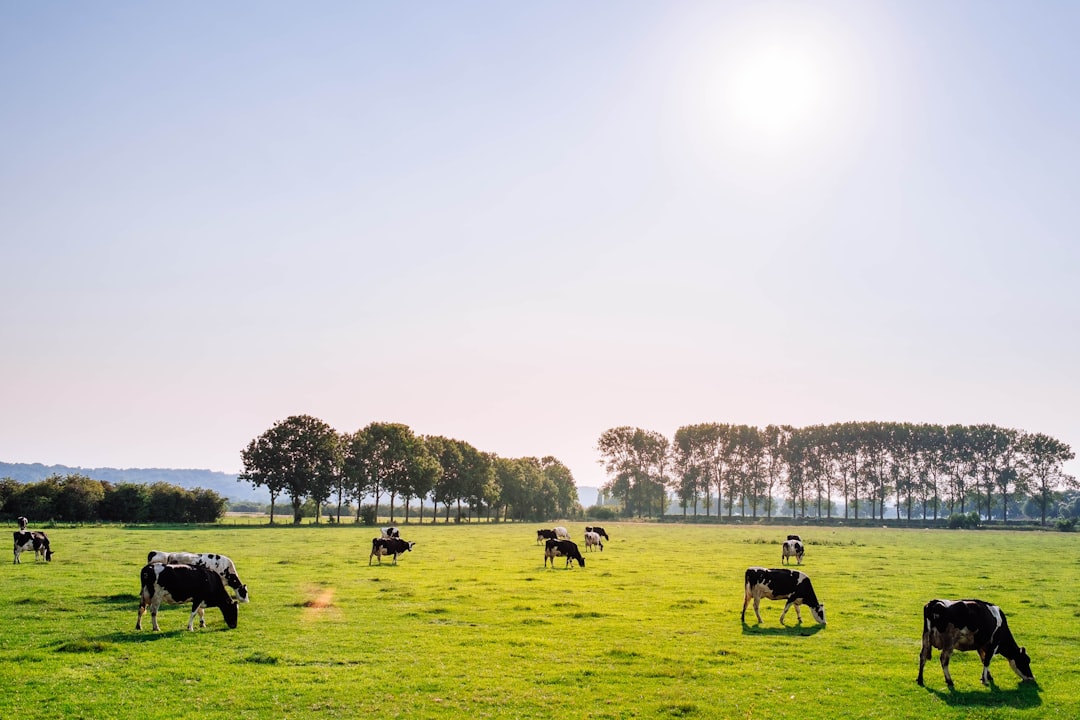Preventive veterinary medicine is a critical component of modern animal husbandry, focusing on proactive strategies to maintain herd health and prevent disease outbreaks. Key strategies include biosecurity measures, vaccination programs, and early disease detection techniques. By integrating these approaches, farmers can protect their livestock, enhance productivity, and ensure a sustainable food supply.
Biosecurity Measures
Biosecurity is the foundation of disease prevention in animal husbandry. It involves a set of practices designed to prevent the introduction and spread of infectious agents within and between farms. Effective biosecurity includes:
-
Employee Training: Ensuring that all personnel interacting with animals follow strict hygiene protocols, such as wearing protective clothing and using disinfectants.
-
Access Control: Limiting entry to the farm by designating specific entry points and restricting access to essential personnel only.
-
Equipment Sanitization: Regularly cleaning and disinfecting shared equipment and vehicles to prevent cross-contamination.
-
Animal Movement Control: Implementing strict protocols for animal movement, including isolation of new animals for a specified period before integrating them into the herd.
Vaccination Programs
Vaccination is a powerful tool in preventing infectious diseases and maintaining herd health. Effective vaccination strategies involve:
-
Risk Assessment: Identifying diseases prevalent in the area and prioritizing vaccinations accordingly.
-
Targeted Vaccination: Vaccinating specific groups within the herd based on risk factors, such as age and exposure history.
-
Timing and Boosters: Ensuring vaccinations are administered at optimal times, with booster shots as recommended by manufacturers or veterinarians.
Early Disease Detection
Early detection of diseases is crucial for prompt intervention and preventing outbreaks. Modern technologies and practices include:
-
AI-Based Monitoring Systems: Utilizing AI and infrared sensors to monitor animal health in real-time, detecting early signs of illness such as elevated body temperatures.
-
Diagnostic Testing: Regularly conducting diagnostic tests to identify diseases early, allowing for targeted treatment and reducing antibiotic use.
-
Surveillance Systems: Establishing comprehensive surveillance systems to monitor disease prevalence and enable early warning systems.
Conclusion
Preventive veterinary medicine offers a proactive approach to maintaining herd health by integrating biosecurity, vaccination, and early disease detection strategies. By adopting these practices, farmers can reduce disease incidence, enhance animal welfare, and contribute to sustainable livestock production. As the livestock industry continues to evolve, embracing these strategies will be essential for ensuring a healthy and productive animal population.
Future Directions
Looking ahead, advancements in technology and veterinary medicine will play a significant role in enhancing preventive strategies. For instance, integrating AI with veterinary care can improve disease detection accuracy and speed. Additionally, ongoing research in vaccine development and biosecurity protocols will continue to refine these practices, making them more effective and sustainable. By embracing these innovations, the livestock industry can move toward a future where animal health and productivity are optimized while minimizing environmental impact.
Citations:
- https://www.ucdavis.edu/graduate-programs/preventive-veterinary-medicine
- https://agr.illinois.gov/animals/animalhealth/biosecurity-measures.html
- https://www.dairypesa.com/farming-facts/vaccination-programs/
- https://www.advantech.com/en/resources/case-study/C7B19410-8A40-4231-8D6E-F35BD9CBB811
- https://research.vetmed.ufl.edu/students/studies/masters-degree-in-preventive-veterinary-medicine-cip-01-8110-stem-new/
- https://www.msdvetmanual.com/public-health/biosecurity/the-three-levels-of-biosecurity-of-animals
- https://www.vet.cornell.edu/animal-health-diagnostic-center/programs/nyschap/modules-documents/vaccination-strategies-maximize-preventive-health-and-minimize-adverse-effects-market-quality
- https://www.cfsph.iastate.edu/thelivestockproject/diagnostic-tests-and-organic-alternative-livestock/
- https://vet.osu.edu/departments-offices/veterinary-preventive-medicine
- https://un-csam.org/sites/default/files/2021-01/Biosecurity%20Measures%20in%20Animal%20Husbandry.pdf
- https://www.noah.co.uk/wp-content/uploads/2022/08/NOAH-Livestock-Vaccination-Guideline-August-2022.pdf
- https://www.fao.org/4/x3331e/x3331e01.htm
- https://www.msdvetmanual.com/management-and-nutrition/preventative-health-care-and-husbandry-in-small-animals/overview-of-preventative-health-care-and-husbandry-in-small-animals

Comments
No comments yet. Be the first to comment!
You must be logged in to comment. Login